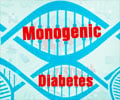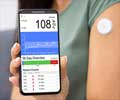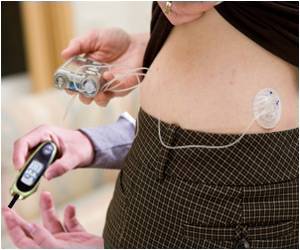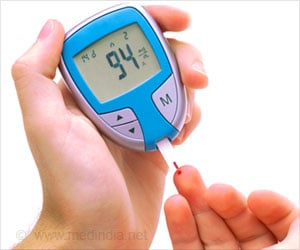Fluoroquinolones, is a frequently prescribed class of antibiotics.
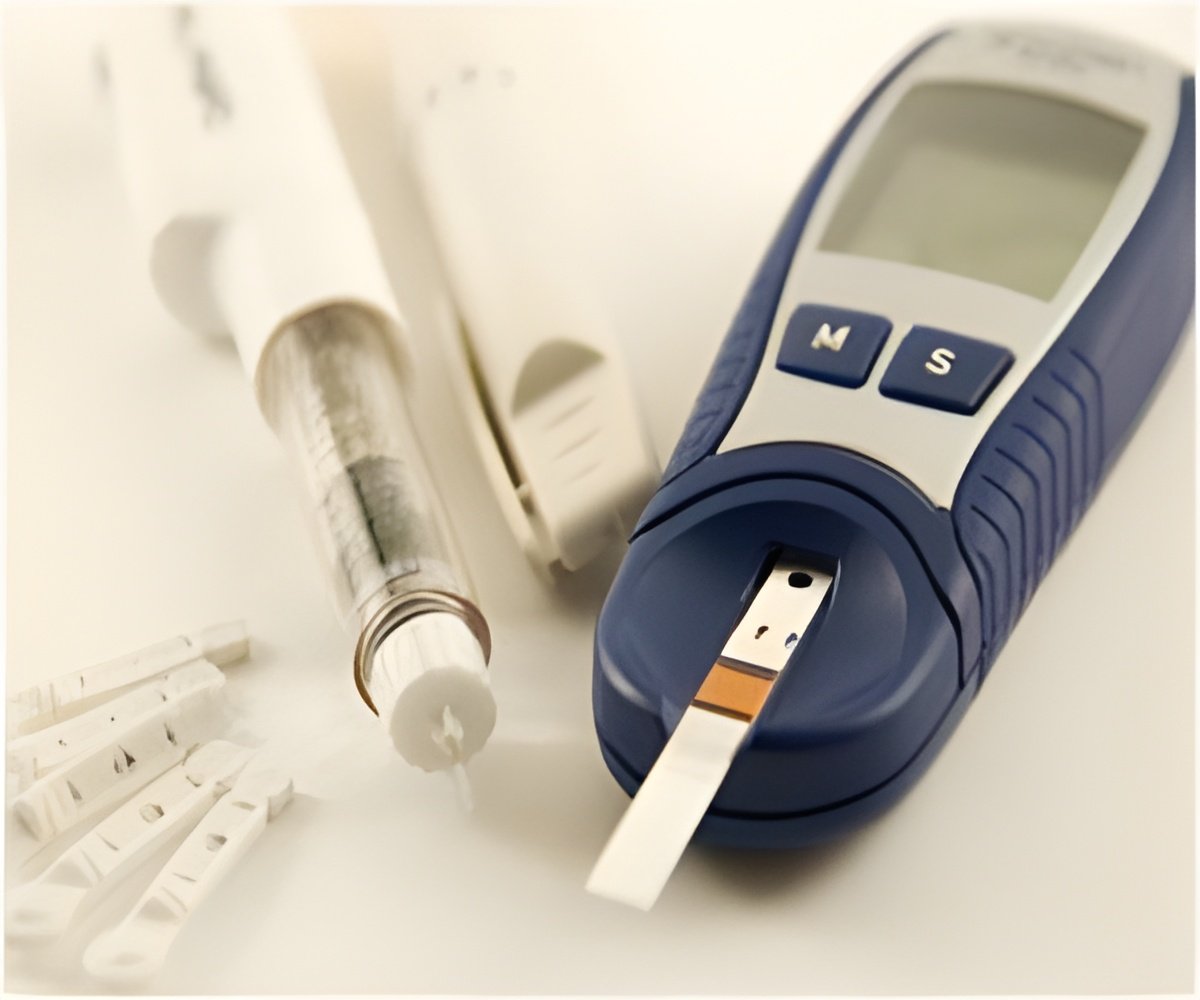
To assess the risk of blood sugar swings in diabetic patients using specific fluoroquinolones, a team of researchers, led by Mei-Shu Lai, MD, PhD, at National Taiwan University in Taipei, conducted a population-based cohort study of approximately 78,000 people with diabetes in Taiwan from January 2006 to November 2007.
Using the claims database for Taiwan's national insurance program, the researchers analyzed data for diabetic outpatients who had received a new prescription for an antibiotic from one of three different classes of antibiotics: fluoroquinolones (levofloxacin, ciprofloxacin, or moxifloxacin); second-generation cephalosporins (cefuroxime, cefaclor, or cefprozil); or macrolides (clarithromycin or azithromycin). The study's authors then looked for any emergency department visits or hospitalizations for dysglycemia among these patients within 30 days of the start of their antibiotic therapy.
Diabetics using oral fluoroquinolones faced greater risk of severe blood sugar swings than diabetic patients using antibiotics in other classes, the researchers found. The risks varied according to the specific fluoroquinolone the patients were using: The absolute risk, or incidence, of hyperglycemia per 1,000 people studied was 6.9 for moxifloxacin, 3.9 for levofloxacin, and 4.0 for ciprofloxacin. The absolute risk of hypoglycemia was 10.0 for moxifloxacin, 9.3 for levofloxacin, and 7.9 for ciprofloxacin.
(By comparison, among diabetic patients taking antibiotics in the macrolides class, the absolute risk of hyperglycemia was lower, at 1.6 per 1,000, and 2.1 per 1,000 among those taking antibiotics in the cephalosporin class; for hypoglycemia, the absolute risk per 1,000 was 3.7 for macrolides and 3.2 for cephalosporins, respectively.)
"Our results identified moxifloxacin as the drug associated with the highest risk of hypoglycemia, followed by levofloxacin and ciprofloxacin," the study's authors wrote. "Other antibiotics should be considered if dysglycemia is a concern, such as a beta lactam or macrolide," noted Dr. Lai.
Advertisement





